Embracing MoJo to Tell Stories in the New Age: Lessons from the First Ever MoJo Conference in Asia
30 June 2019 | SDJF_Admin
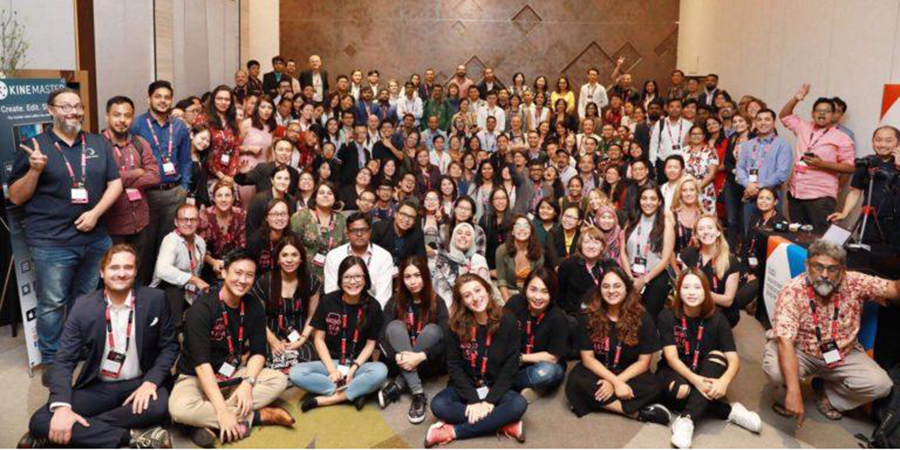
Today, we find ourselves in a world that is increasingly digitalizing all aspects of human life. With this massive transformation our engagement with desktop computers has quite strained today to diverge our allegiance with the smartphone. The smartphone, a shrunken version of the computer itself, has become an indispensable item of everyday life. In this context, smartphone culture is inevitably spilling over to many other fields and industries including trade and commerce, education, healthcare and especially the media. With thousands of mobile apps launched daily around the world for services which were never thought possible are being provided through smart mobile phones which may eventually replace desktop computers, very speedily. There is already enough global and local statistics to prove the extent to which smartphones and internet are dominating everyday life of an average public.
 Mobile Journalism, popularly called MoJo has been defined in the KAS MoJo Manual as, “a form of digital storytelling where the primary device used for creating and editing images, audio and video is a smartphone. It is a new workflow for media storytelling where reporters are trained and equipped for being fully mobile and autonomous”.
Mobile Journalism, popularly called MoJo has been defined in the KAS MoJo Manual as, “a form of digital storytelling where the primary device used for creating and editing images, audio and video is a smartphone. It is a new workflow for media storytelling where reporters are trained and equipped for being fully mobile and autonomous”.
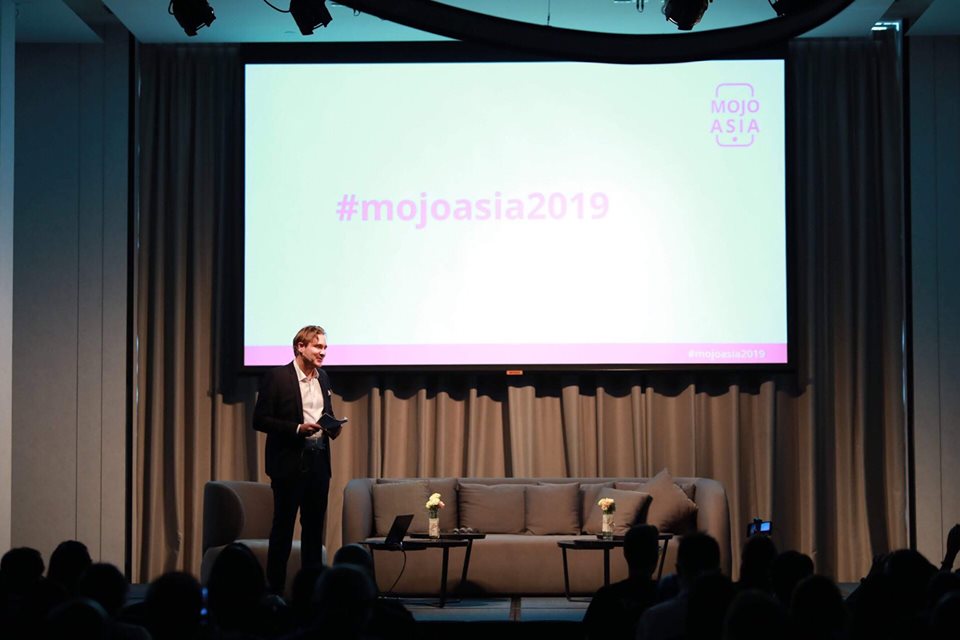
There are a couple of notable changes that MoJo has brought into the media practices. Firstly, a cumbersome array of sophisticated equipment used for reporting are now being replaced by highly convenient and portable smartphones while internet has facilitated the process of disseminating the stories across a largely widespread audience. By doing so, MoJo has revolutionized the media industry and made their earlier practices, tools and efforts redundant. Another remarkable change is how MoJo is nourishing mainstream media with the latter picking up stories that have been first reported in alternative media such as social media platforms through MoJo. This, despite the earlier notion of mainstream media pioneering news reporting.
World renowned media institutes including BBC, Al-Jazeera, AFP and CNN have therefore understood the need to reform their systems and practices to accommodate the advent of smartphone culture and already welcomed mobile journalism into their newsrooms. They have provided intensive trainings for their journalists to increasingly rely on MoJo as a cost effective and multi-tasking method of storytelling.
However, while the global vibrancy of MoJo is growing, the attention of Asian media to MoJo remains comparatively minimal, especially in the context of Sri Lanka. While the above statistics provide that the internet and smartphone usage is at its high in Sri Lanka, MoJo has not yet become a widely known concept here. MoJo is still a far cry from the local newsrooms.
Identifying the increasing influence smartphones and internet are creating in the media industry as against the lack of Asian interest and know-how to embrace the concept of MoJo, the Konrad-Adenauer-Stiftung (KAS) Media Program Asia organized a unique conference titled ‘Mobile Journalism Conference Asia 2019’ with a popular tag #MoJoAsia2019. The conference was held from 28-29 June, 2019 in Bangkok, Thailand in partnership with Thompson Reuters Foundation, Google Initiatives and KineMaster. The Conference, a first time in Asia, brought together 265 passionate MoJo Storytellers from 31 countries, including 19 Asian countries.
4 panel discussions, 11 workshops, 3 master classes and an interactive networking event were featured during the Conference enabling the participants, both to share their experience as MoJo storytellers and to gain new knowledge and practice from the well-versed experts in the field of MoJo.
Through four highly informative panel discussions, experts shared their knowledge on a wide range of topics including challenges and opportunities in using MoJo in Asia; integrating smartphones in news rooms; how MoJo has created a positive impact on the communities and how to teach MoJo to reporters and students.
A team of 9 represented Sri Lanka at the conference, including 7 members from Sri Lanka Development Journalist Forum (SDJF) and Mr. M.C. Rasmin, the Deputy Chief of Party of IREX, and one from ITN. Both SDJF and IREX pioneered MoJo training in Sri Lanka among young journalists and media students as well as grass-roots level organizations as a means of telling their stories to a wider audience, to eliminate voice poverty. Therefore, for both organizations #MoJoAsia2019 Conference served as an invaluable opportunity to showcase their success stories to a wider, like-minded audience.
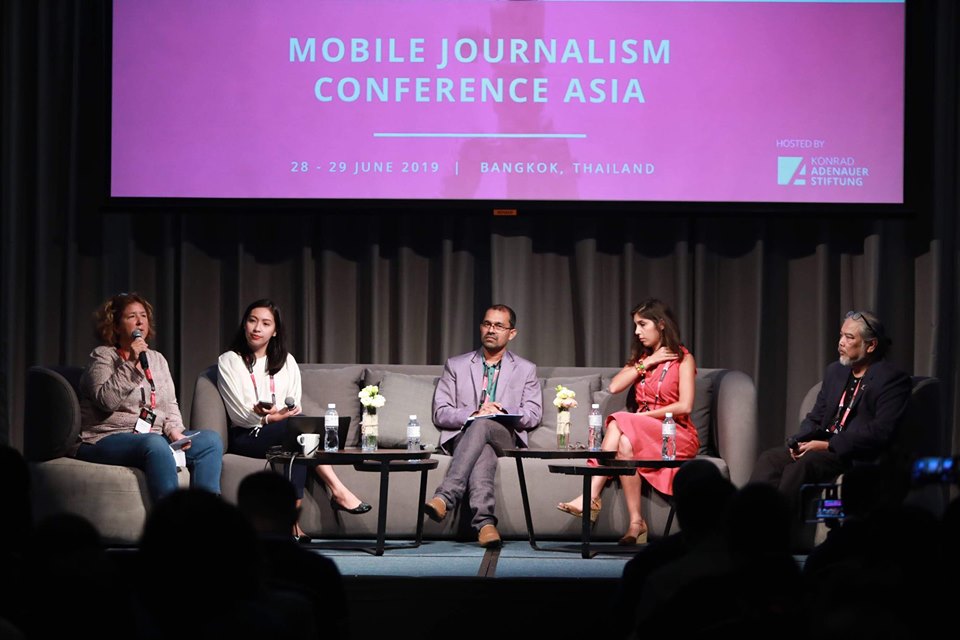 Mr. Mohamed Azad, Program Director of SDJF presented the project titled, ‘Digital Empowerment of Vulnerable Groups to Address Voice Poverty’ (DEV-GAP), during the fourth panel discussion of, ‘teaching mobile journalism to reporters and students’. This project was successfully completed by SDJF in 2018 with funds from the Neelan Tiruchelvam Trust (NTT) and trained first ever 30 MoJo storytellers including activists, media students and members of civil society organizations. “For us, this project was both a challenge and an experiment to figure out how the tool of MoJo could be introduced to three groups of people who not only represented different ethnic and geographic backgrounds but who also had different objectives of learning MoJo. With successful completion of the project, it proved that MoJo can serve as a common tool of expression, which can be used by different individuals to voice diverse aspects of their communities.” Other panelists shared their inputs on how MoJo has enabled every ordinary citizen to be a journalist and voice the concerns of their communities on their own and advocate for them.
Mr. Mohamed Azad, Program Director of SDJF presented the project titled, ‘Digital Empowerment of Vulnerable Groups to Address Voice Poverty’ (DEV-GAP), during the fourth panel discussion of, ‘teaching mobile journalism to reporters and students’. This project was successfully completed by SDJF in 2018 with funds from the Neelan Tiruchelvam Trust (NTT) and trained first ever 30 MoJo storytellers including activists, media students and members of civil society organizations. “For us, this project was both a challenge and an experiment to figure out how the tool of MoJo could be introduced to three groups of people who not only represented different ethnic and geographic backgrounds but who also had different objectives of learning MoJo. With successful completion of the project, it proved that MoJo can serve as a common tool of expression, which can be used by different individuals to voice diverse aspects of their communities.” Other panelists shared their inputs on how MoJo has enabled every ordinary citizen to be a journalist and voice the concerns of their communities on their own and advocate for them.
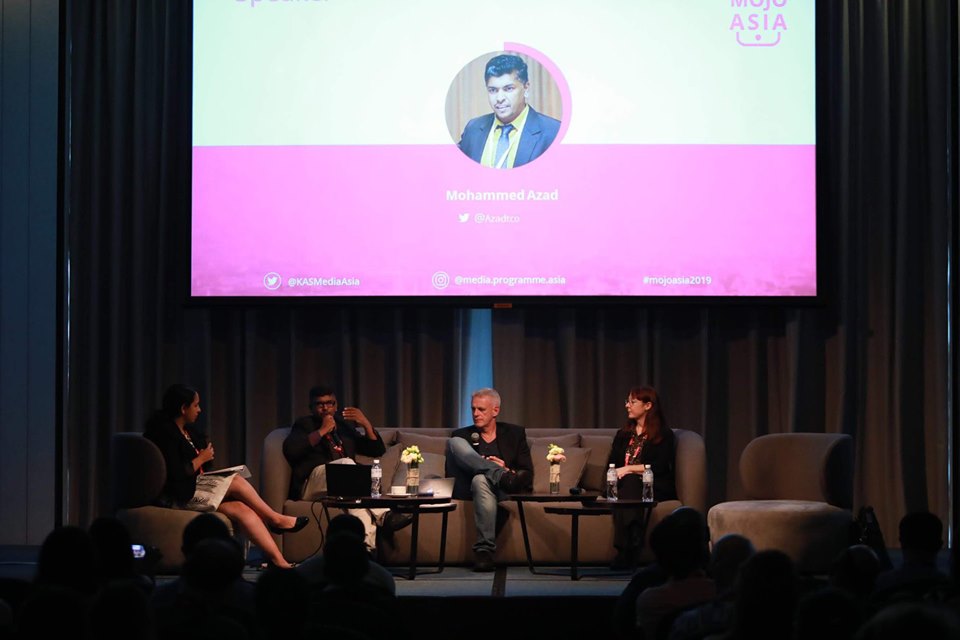
In a different panel, that focused on the positive impacts that MoJo has created in communities, Mr. M.C. Rasmin spoke about the MediaCorp Fellowship Program that is being implemented by Sri Lanka Development Journalist Forum under the Media Empowerment for a Democratic Sri Lanka (MEND) Program. He explained in detail how MoJo is helping to bridge the gaps among the youth of diverse communities in Sri Lanka, just by allowing them to explore each other’s cultures, lifestyles and thereby creating a national level dialogue for peace. “We should not treat any community as voiceless. Like Arundhati Roy said, it is just a matter of using their voice. But there may be voice poverty. That is why people should use MoJo to address that poverty, which I consider is also one of their entitlements”, said Mr. M.C. Rasmin addressing the gathering.
After attending this conference, the attendees of SDJF shared their experience. “#MoJoAsia2019 provided me a platform to interact with MoJo experts across the world which paved me a way to learn the latest mobile apps and accessories to use for the production of quality MoJos. I will be using this knowledge in the upcoming MoJo trainings in Sri Lanka”, said Mr. Ruwan Bogamuwa, Senior Producer at SDJF.
Mr. Kapila Ramanayake, another MoJo Trainer for SDJF noted, “I learnt several new concepts in mobile storytelling through this conference such as vertical storytelling and producing documentaries through MoJo, which I had not known before. Especially, the vertical storytelling was a new concept to me because, horizontal storytelling had long been the norm for us when shooting. I will share this knowledge gained from the #MoJoAsia2019 at the local MoJo trainings I conduct.”
“For the past years, I only used MoJo for storytelling. But #MoJoAsia2019 increased my interest in the use of MoJo in news reporting. Although I have been training journalists on the use of MoJo, through this conference I learnt this new concept of using MoJo in the newsroom. I will incorporate this knowledge into the MoJo trainings I conduct, back in Sri Lanka and motivate journalists to integrate MoJo into their newsrooms”, added Mr. Mohamedu Aswer, a MoJo trainer and Project Officer of SDJF.
Speaking of her experience, Ms. Nirasha Piyawadani, a young journalist and a MediaCorp Fellow, elaborated how MoJo can be a particularly significant tool for female journalists, “As a young journalist, working for an international media institute it is imperative for me to be up to date with the global trends in journalism and storytelling. Although MoJo is not a new concept for me, #MoJoAsia2019 conference could add to my knowledge. I was particularly inspired by the sessions on using MoJo to report breaking new and crises. I have finally come to realize how MoJo can be an empowering tool, especially for female journalists to overcome the discrimination they often face in their newsrooms.”
For Mr. Alexanther Kamilas, a journalist and a MediaCorp Fellow who recently launched his own TV channel Pahalavan, #MoJoAsia2019 provided valuable information on integrating MoJo into newsrooms. “#MoJoAsia2019 conference was a unique opportunity, I received as a young journalist and a producer. Local newsrooms are less MoJo oriented, compared to their international counterparts. However, since I now own my own TV channel, MoJo will be a concept that I will integrate into my workflow, especially by making my newsroom more MoJo oriented”, says Kamilas with hope and enthusiasm.
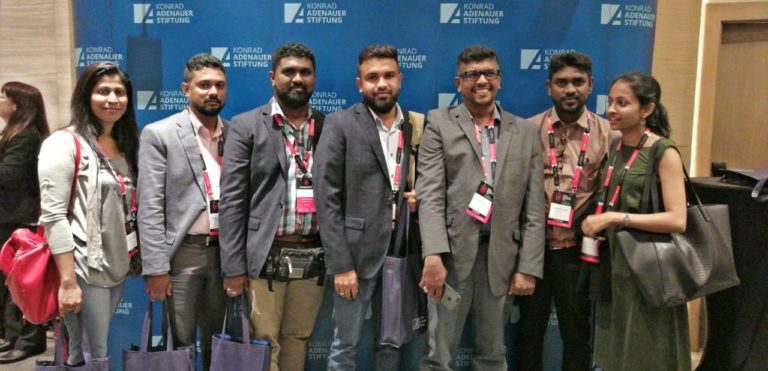
The conference’s series of workshops and master classes covered a range of MoJo related topics, from using MoJo in news rooms, smart phone photography, mobile apps for MoJo, shooting MoJo documentaries, vertical and 360 storytelling to cover crises situations and breaking news, using MoJo, to impart latest and expert knowledge to the participants of the conference. A major highlight of the conference was the networking session that took place at the end of Day 1, featuring Mr. Suthi Chai Yoon, an acclaimed senior journalist in Thai media, who was into creating MoJos daily on current affairs and disseminating them through his YouTube channel that boasts of over a million subscribers. Mr. Yoon spoke how his career advanced from a traditional journalist to a MoJo storyteller, keeping up with the technological advancement of the new age. Mr. Yoon addressing the gathering said, “When these new technologies emerged some stepped back, some were worried that it would replace the jobs of human beings. But I suggested accepting and being open to the change. New media has made the lives of journalists much easier and efficient. As long as you are ready to embrace the change, new media will help you to create a greater impact as journalists”.
Along with Mr. Yoon’s message there is a wealth of new knowledge and lessons that Sri Lanka can learn from #MoJoAsia2019. The most important of them all is perhaps to make our newsrooms more MoJo oriented. It will not only reduce the high cost, technical limitations and time constraints involved in conventional modes of reporting, but also train journalists to multi-tasks since MoJo requires a journalist to be “fully mobile and autonomous” or in other words to do a series of tasks from recording and editing to disseminating, which were formerly done by different individuals specialized in each particular task. The output of MoJo newsrooms would be of great value to Sri Lanka, to capture stories of diverse communities in the country which remain unknown to date. MoJo will also be a tool of empowering citizen journalism where ordinary citizen will be able to bring the attention of authorities to their issues directly through MoJo without having to rely on a third party who would do the reporting. In order to contribute to its realization, SDJF also plans to use the experience and knowledge gained in the #MoJoAsia2019 Conference in its upcoming workshops by training more than 100 young journalists and women’s organizations in MoJo as a means of transcending barriers of convention and culture and to amplify their voices.
There is no doubt, how the communion of smartphones and internet into MoJo has eventually made the dream of a more efficient and instant storytelling a reality. As to what extent the local media institutes are willing to embrace this new trend, invest on MoJo, instead of traditional approaches remains a question, given the lack of awareness and popularity of MoJo in Sri Lanka. However, as Mr. Yoon notes, it is imperative that we adapt to technological innovations if we are to keep abreast of the fast changing media landscape.
SDJF would like to thank KAS Media Programme Asia and Neelan Tiruchelvam Trust (NTT) for their financial contribution to attend and benefit from this conference.
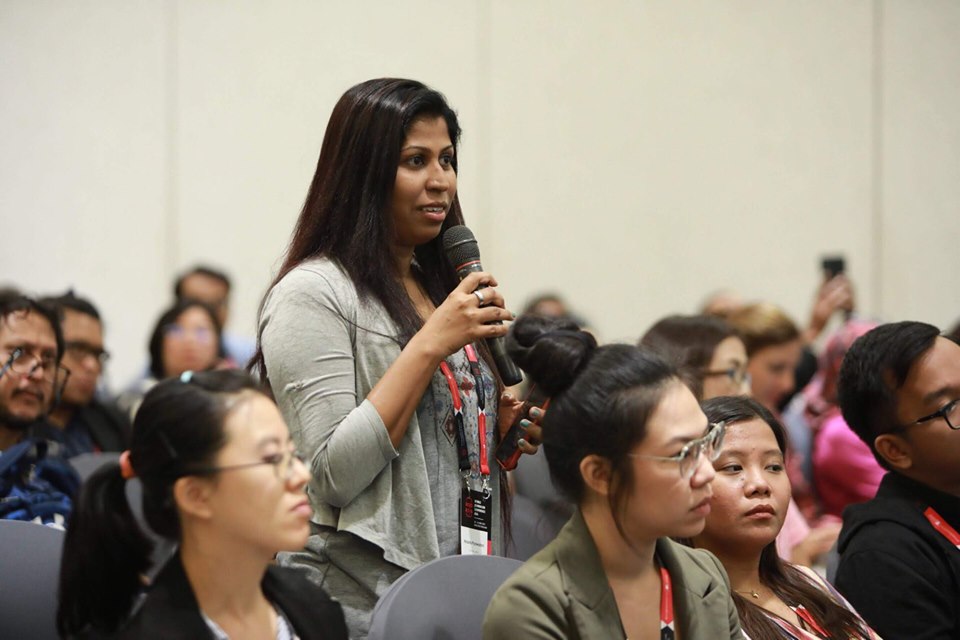
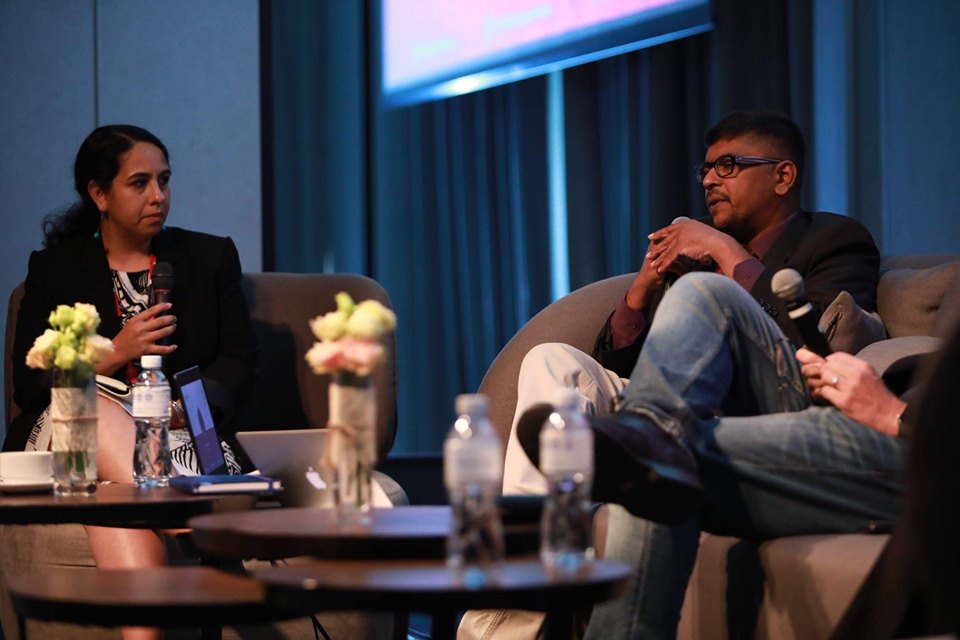
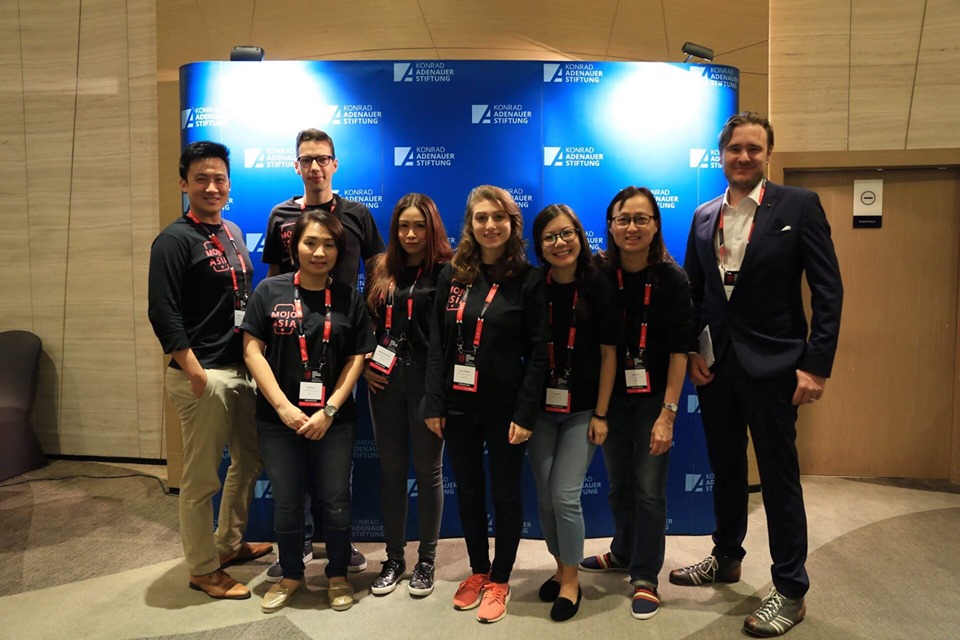
Latest News

SDJF and MIM Launch Sri Lanka’s First Certificate Course on Ethical Reporting and Minority Protectio
27 February 2025
[ Read More ]

Kicking off 2025 with positivity and teamwork!
3 January 2025
[ Read More ]

SDJF Partners with HELVETAS to Launch EMPOWER: Tackling Youth Radicalization and Building Resilience
10 December 2024
[ Read More ]

SDJF Concludes Successful Annual General Meeting 2024
30 November 2024
[ Read More ]

Empowering Sri Lanka’s Next Generation of Journalists: A Journey Toward Ethical and Inclusive Media
20 October 2024
[ Read More ]